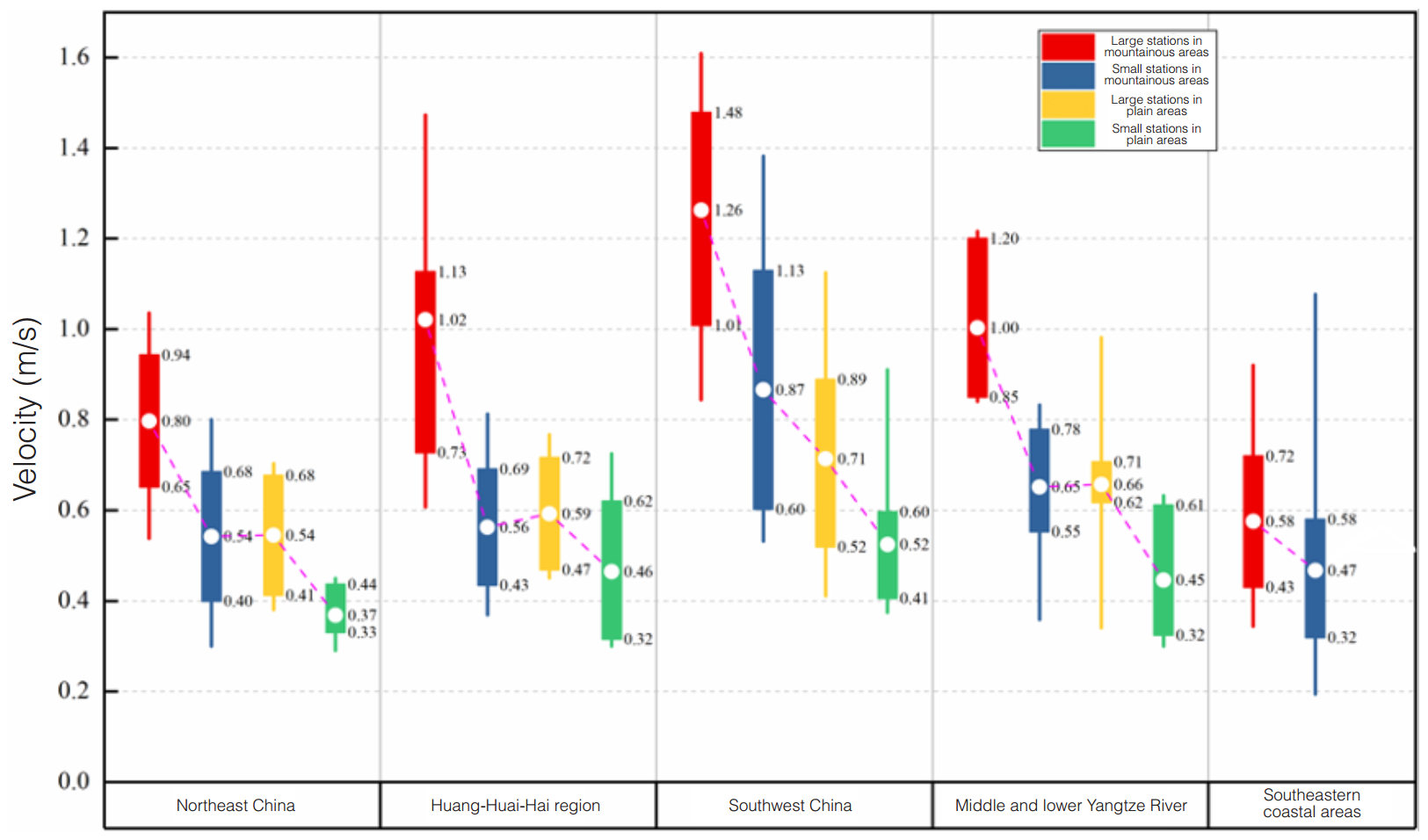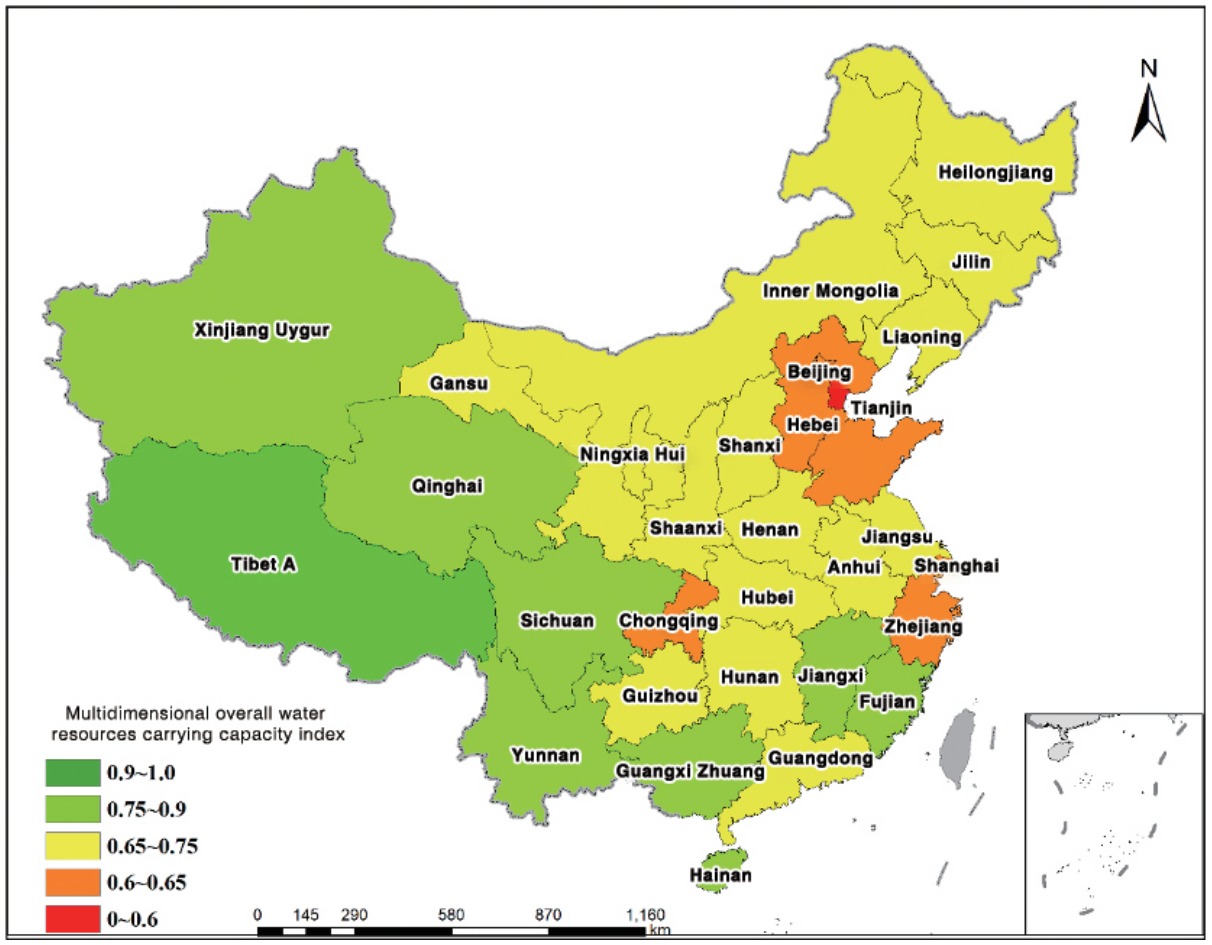Main Participants: Wang Jianhua, Hu Peng, Wang Hao, Peng Wenqi, Tang Kewang, Zeng Qinghui, Liu Huan, Yang Zefan, Yang Qin, Dong Fei, He Fan, Cao Yin, Lu Chuiyu, Yan Long, A Yinglan
From the publication of the China’s first Handbook on Water Resources Protection in the 1980s and to the enactment of the Code of Practice for Water Resources Protection Planning in 2013, the connotation of water resources protection has gradually extended from focusing on water quality to emphasizing both water quality and quantity. Since the 18th National Congress of the Communist Party of China (CPC), the well-coordinated protection of the Yangtze River, and the ecological protection and high-quality development of the Yellow River basin have been successively prioritized as national strategies, driving the demand for river basin-based, systematic and eco-friendly water resources protection. However, theoretical results of related mechanisms and systems have yet to be established. Based on the National Key R&D Program projects and the research on major water technologies, combining with China’s water resources protection planning and governance practice, the research team explored the theory and application of extensive water resources protection covering "quantity, quality, domain, connectivity and aquatic life".
· Proposing the scientific connotation of the watershed water resources protection in the new era based on the analysis of the functional properties of the water systems, the elements of resources and human activity interference;
· Studying and proposing key thresholds values for the zonal, categorized, and seasonal protection and restoration of rivers and lakes, based on mechanism experiments and statistical analysis;
· Conducting multi-dimensional and overall quantitative evaluation of water resources carrying capacity and its evolution over the past 60 years for the top ten primary regions and provincial administrative divisions in China;
· Putting forward recommended strategies and measures for water resources protection at the nationwide and key river basins in the new era.
· Having identified the scientific connotation of water resources protection in the new era, which covers water quantity, water quality, water domain, water connectivity and aquatic life. Also, the basic functions for water resources protection in river basins is established. And a five-dimensional, three-layer evaluation index system for water resources protection in river basins is developed;
· Having established the zonal/ categorized/seasonal key threshold values for the protection and restoration of rivers and lakes, the thresholds for the share of ecological basic flow and water consumption for ecological purposes by region and by type for the ten major regions across the country, and the critical thresholds for sensitive ecological water demand such as the suitable water velocity for migration during the fish spawning period and the hydrodynamic conditions for safe drifting of fish eggs. Having also proposed the DO concentration control thresholds for maintaining the normal growth of nekton in different regions and in different seasons;
· Having established an innovative evaluation index system for the carrying status of the water resources system, evaluated the carrying status of water resources nationwide in the dimension of water quantity, quality, domain and connectivity, and put forward the watershed water resources protection strategy in the new era and a national layout by regions.
The achievements, as "an important scientific basis for promoting river and lake management and water ecology protection and restoration" for the Ministry of Water Resources, have been applied to the drafting of major plans such as the 14th Five-Year Plan for Water Security. Moreover, the achievements have been presented at the Beautiful China Forum and the Yangtze River Protection and Development Forum. They were also included in Zhiling Reports of the Chinese Academy of Engineering (CAE) and distributed to all academicians at the meeting of CAE academicians, widely echoed by the society and academia.

Fig.1 Field observations and tests in wild rivers such as the Huma River and the Liangshui River
 Fig.2 Sensitive
ecological velocity at controlled sections of rivers nationwide by region and
by type
Fig.2 Sensitive
ecological velocity at controlled sections of rivers nationwide by region and
by type

Fig.3 Suitable water velocity for long distance migration of grass carp: 0.4-1m/s and economic velocity for maintaining DO during winter: 0.05m/s

Fig.4
Multidimensional overall carrying status of water resources in different
administrative regions